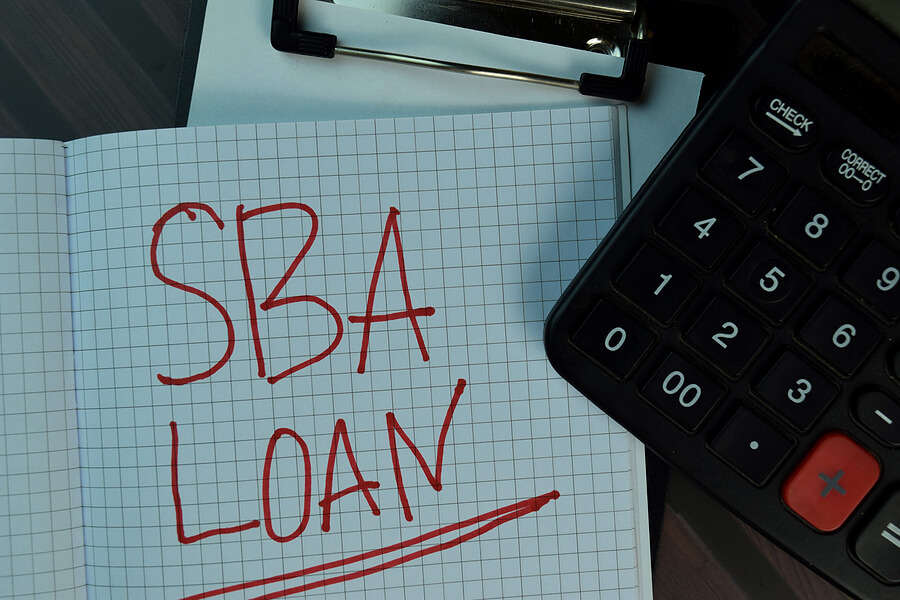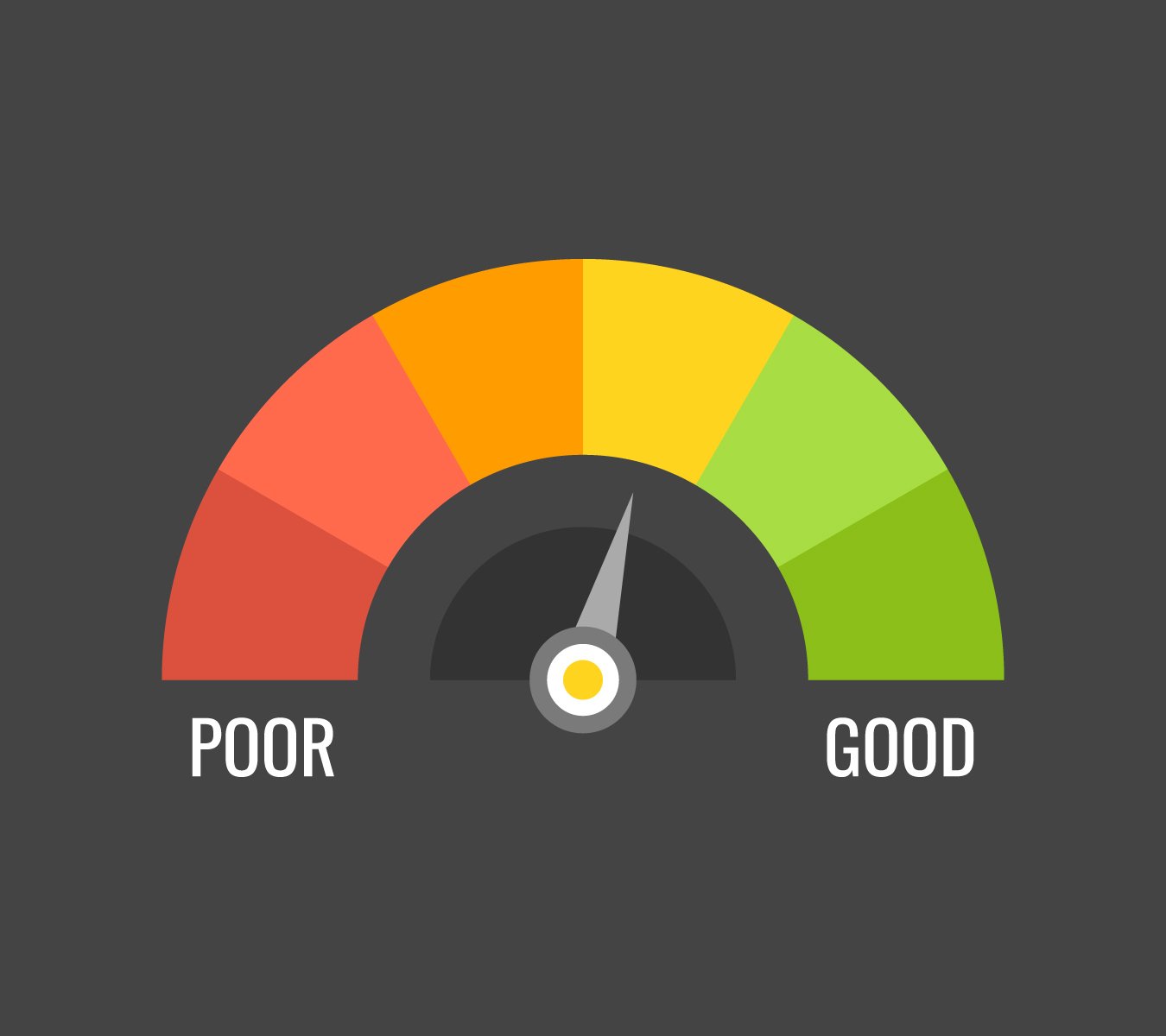If you are a small business owner, obtaining a loan to expand your operations may be easier than you think.
Through the Small Business Administration (SBA), many lenders offer business loans with flexible terms and low-interest rates. These loans can be used to purchase inventory, construct a building, for operating capital, or for something else.
Learning how to get an SBA loan is the first step in determining if it’s the right decision for you and your business.
What is an SBA Loan?
SBA loans are offered by private lenders, usually banks and credit unions, and are partially backed by the U.S. government. They were created to help small business owners who may not be able to qualify for traditional loans obtain capital.
The U.S government backs SBA loans to reduce lenders’ risk. This makes it easier for small business owners to qualify for the capital they need. Depending on how much you borrow and the type of loan, between 75% and 85% of the loan amount is backed by the SBA.
Benefits of an SBA Loan
SBA loans have several benefits to consider.
Low-Interest Rates
SBA loans typically have lower interest rates than conventional loans. Government rules dictate the interest rates on these loans, which are based on the prime rate plus a markup.
Low Fees
Low fees are another important benefit. Some fees are charged by the SBA, while others are charged by the lenders. It’s important to keep in mind, however, that fees for these loans are regulated by the SBA, which is why they tend to be lower than other financing options.
Generous Repayment Terms
The repayment terms of SBA loans allow businesses to reinvest much of their earnings back into their operations instead of having to deal with high monthly loan payments. Repayment terms are:
- 10 years for working capital or inventory
- 10 years for equipment
- 25 years for real estate
Types of SBA Loans
There are several different types of SBA loans. Each loan option has a different maximum loan amount and loan stipulations.
7(a) Loan
These are multi-purpose loans that can be used for real estate, working capital, equipment, and other business needs. You can borrow up to $5 million through a 7(a) loan.
504 Loan
These loans are for purchasing long-term assets such as equipment and real estate. With a 504 loan, you can borrow up to $5 million.
Express Loan
Express loans, which allow you to borrow up to $350,000, can only be used for working capital.
Export Express Loan
Export Express loans are used to expand a company’s export operations. With these loans, you can borrow up to $500,000.
Export Working Capital Loan
These loans are used to obtain working capital for export business expansions. Up to $5 million can be borrowed with an Export Working Capital loan.
Microloan
These are small loans that can be used for a variety of business needs, including working capital, inventory, equipment, and other things. With a Microloan, you can borrow up to $50,000.
Disaster Loan
In the event of a declared disaster, a Disaster loan can be used to repair damages and for operating expenses. Up to $2 million can be borrowed.
How to Get an SBA Loan
The first step in applying for an SBA loan is to make sure you are eligible. Not all businesses and organizations will qualify. Be sure to review the SBA’s list of ineligible categories to make sure your business type is not listed.
All SBA loan applicants must meet the following criteria to qualify:
- Be a for-profit business
- Conduct business in the U.S. or its territories
- Have equity in the business
- Use other funding sources before applying for a loan
Lenders prefer to issue loans to businesses that have strong financial statements and a history of at least two years to make sure the loans will be repaid. Your personal credit score will also be checked when applying. The credit score you will need will vary depending on the lender and the type of loan.
Documents You Will Need When Applying
The next step in applying for an SBA loan is to gather all of the necessary documents. These may include:
- Articles of incorporation
- Personal income tax returns
- Business tax returns
- Financial statements
- Franchise information (if applicable)
- Real estate appraisals (for collateral)
- Business license
- Cash flow projection
- Lease agreements (if applicable)
Additional information may be needed depending on the type of loan for which you are applying. Your lender will provide you with a list of all required documentation.
Finding a Lender and Applying
The SBA does not issue direct loans. Instead, you must find a lender – usually a bank or credit union – that has partnered with the SBA. You can use a handy lender match tool to find lenders near you.
The next step is to apply for a loan. Your lender will assist you in navigating the loan application process and making sure all of the required forms are filled out correctly.
After you have submitted your loan application, it may take anywhere from 30 days to three months to receive notification of approval or rejection.
Get an SBA Loan Today
Wasatch Peaks Credit Union offers several SBA business loan options to finance the purchase of business real estate, fund an expansion, obtain working capital, or for something else. Our financial advisors can assist you with determining which loan option is the best for your needs.
The following link has information on our SBA business loans and how we can help you achieve your business goals. Let Wasatch Peaks Credit Union help you learn how to get an SBA loan today!



